There can be your advertisement
300x150
How to Open and Successfully Develop a Design Studio: 6 Tips
Running your own business is an ambitious task that requires serious preparation. Together with an expert, we provide several key tips for those who decide to open their own design bureau
You have been working in the field of interior design and project development for several years now, you have a large portfolio and regular clients — it seems like the time has come to open your own studio?
As with any business, professional help is necessary. We asked Tim Abdrakhmanov, founder of the interior design service Tim & Team and the design studio "Studio 3.14" to give some important recommendations.
Tim Abdrakhmanov is an expert, founder and general director of the design renovation service Tim & Team
Tip 1: Clearly define your goal
Always start not with desire, but with a goal: define why you want to open your own studio, what you want to achieve and by when.
Be specific. "I want to build a successful design studio" is not a goal. A clearly formulated goal looks something like this: "I want to have a monthly net profit of 300,000 rubles, receive no less than 50 applications per month and sign no fewer than five contracts with an average check of 300,000 rubles."
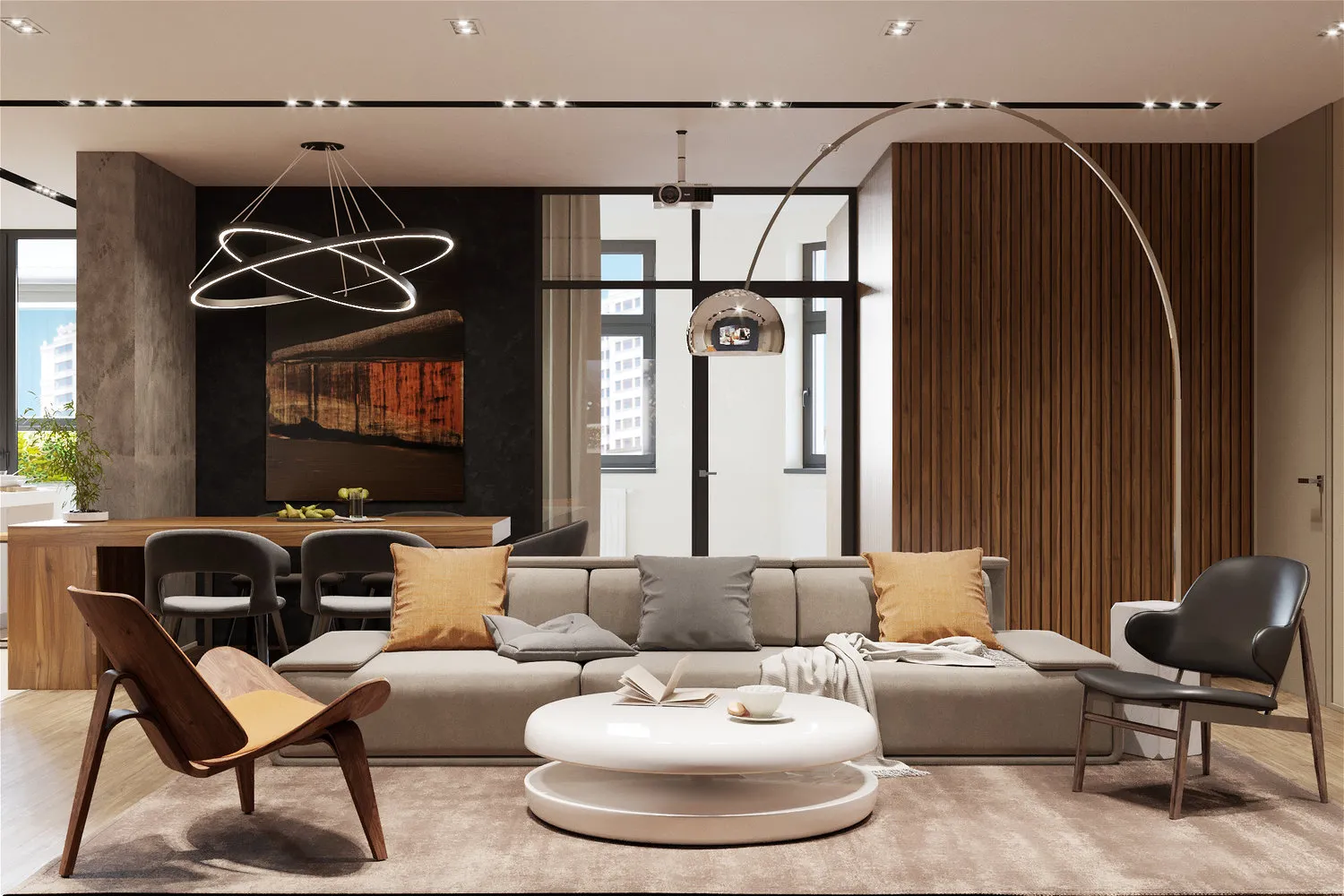
Design: 'Studio 3.14', 'Minimalism with Loft Elements'
Tip 2: Plan your business model
An important point is choosing the organizational and legal form of activity.
For microbusinesses, it's best to choose forms such as an Individual Entrepreneur (IP) or Limited Liability Company (LLC). Moreover, taxation for these forms is simplified (USN), which significantly eases accounting. In the beginning, it can even be managed remotely. There are many services that do this for you, such as the Point Bank, whose great advantage is that you don't need to understand all accounting details and calculations — the bank's service does it for you. Another advantage is that it integrates with top accounting services.
We chose an LLC for ourselves: the company had several founders.
Another option is hiring a remote accountant. You can find one through recommendations from fellow entrepreneurs or your bank may help with selecting an accountant. Point Bank offers such a service. Just don't forget: regardless of whether the person is a professional or not, control over all key aspects still remains with you as an entrepreneur, so you have to understand the basics in any case.
We went through the following stages:
- Self-managed accounting;
- Hiring a remote accountant;
- Hiring a part-time accountant with increased workload;
- Collaborating with a professional agency once a financial director joins the company.
Remember that accounting reports and management accounting are different things. Management and financial planning is always the responsibility of the entrepreneur, and delegating it to others is not recommended. You must yourself define the main income and expense items, divide them into project-based and other categories, create a financial plan and model.
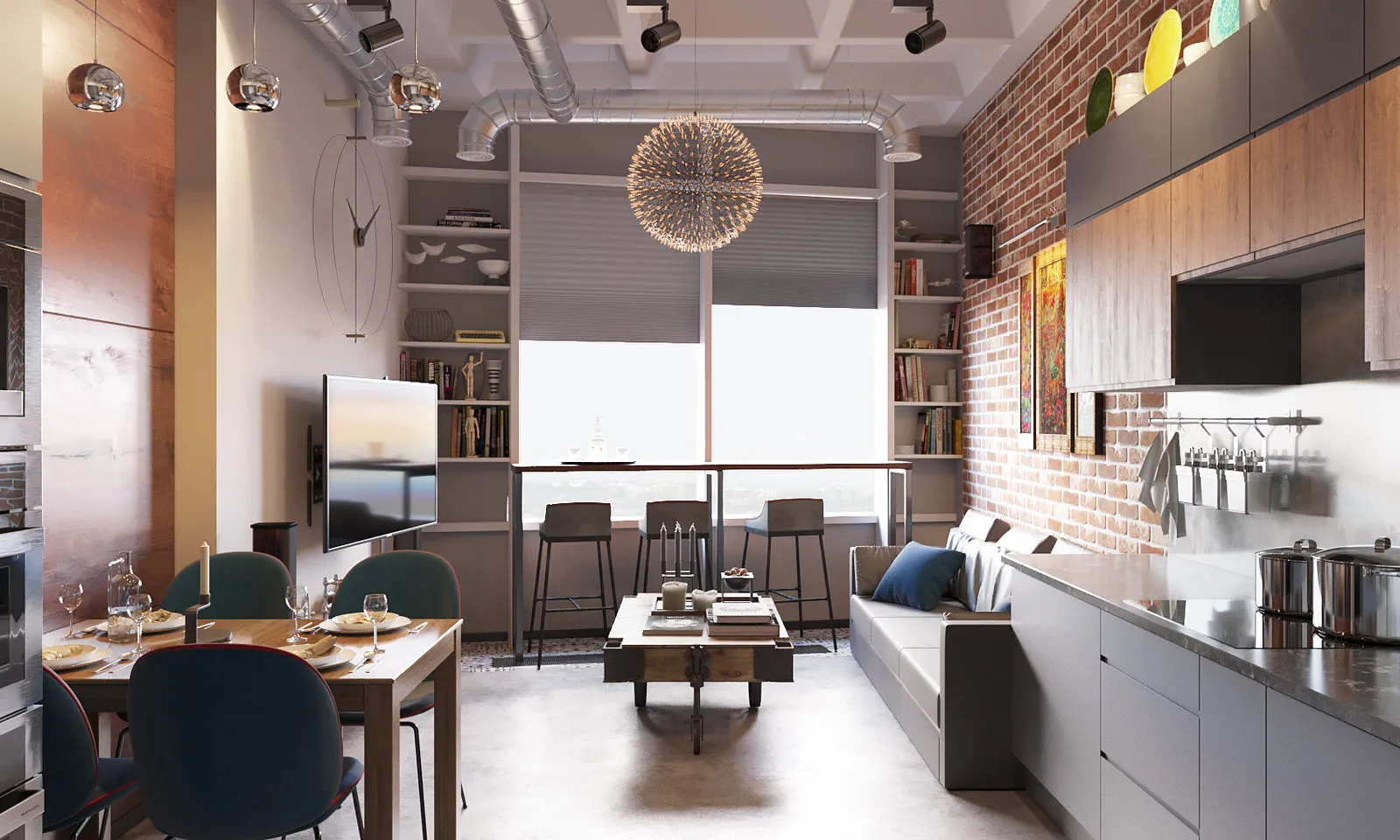
Design: 'Studio 3.14', 'Unusual Loft for an Unusual Family'
Tip 3: The main asset is your team
You won't be able to handle the flow of clients that await your studio alone, especially if the business develops well. You need a team of professionals.
It's important to understand and clearly define what you can offer employees in advance. When "Studio 3.14" started, we hired many designers flexibly and gave them the opportunity not only to bring their own projects to life but also to see them through to practical implementation within our company.
For a creative person recognition is important, so we always mention the author of the work and the project team, and help designers develop their personal brand.

Tim & Team Team at Work
Tip 4: Find a partner
Starting your own business alone is difficult, especially in IT and creative industries. People begin with an idea at the kitchen table and then come together to implement it. Each person contributes according to their competence and resources. That's why my advice is to find a partner with whom you can share investments, responsibilities and liabilities.
Whether you're working with a friend or bringing in a serious investor, your relationship should be based on mutual trust and shared interests. That doesn't exclude signing a contract that clearly outlines the working conditions and responsibilities of both parties.
Since 2013, I've worked with different partners and can say definitely that as information volume and task load increase, there comes a point when basic trust, from which everything started, runs out. You need to anticipate this moment and make the business as transparent as possible. CRM systems and systematic management accounting help here.

Design: Tim & Team, 'Powder Minimalism'
Tip 5: Choose a bank
There are many offers on the market with good service and convenient tools.
In 2015, when we first opened "Studio 3.14", all employees worked remotely. Therefore, access to the bank client from any location and to several partners at once was very important for us. At that time, no one else offered such a service except Point Bank. Our company grew, new legal entities were added, and the bank introduced new convenient services. So we consistently used only its services throughout that time.
For example, we now actively use the Point Bank mobile app. With it, we can make payments anytime day or night and from anywhere — often there's a need to pay something urgently while on site or driving.
Think about what is most important to you: internet banking, mobile application, personal financial consultant or maybe all of the above. Consider this issue before opening your studio to reduce future headaches.

Design: Tim & Team, 'Bright Loft'
Tip 6: Manage finances
Financial management is the foundation of your business survival. They say "money is the blood of a business," it should constantly circulate. Finances consist of income and expenses. The former is sales. Think about how to increase them. The volume of sales depends on indicators such as average check and number of deals. What's more important is your expenses. At the start, constant costs should tend toward zero.
In design and project development, as well as in working with contractors, volumes of work and fees must always be clearly defined, along with quality requirements. This is not easy; there will be disputable situations. You need to prepare for this.
Instead of cash, checkbooks and receipts, use convenient corporate cards for business expenses: with them you can perform all accounting operations, set and change payment limits, and some expenses can be accounted for as business costs, reducing your tax base.
Don't rush to rent an office or hire staff. If you're a designer, client meetings can be held directly on-site or in convenient cafes or coworking spaces. You can organize your work and collaboration with colleagues in a coworking space or rent a small smart office, which you can cancel at any time.
As the team grows and security requirements increase, consider the possibility of renting an office, but such a decision must be financially justified.

Design: Tim & Team, 'Scandinavia'
Photo by Tim & Team: Vadim Churanov
More articles:
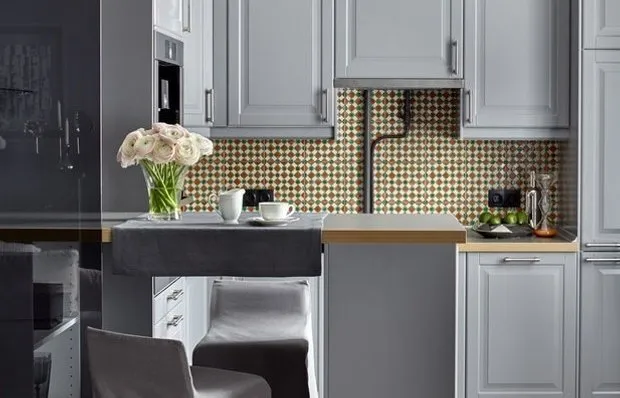 How to Style a Kitchen Backsplash: 8 Fresh Ideas from Our Projects
How to Style a Kitchen Backsplash: 8 Fresh Ideas from Our Projects How to Arrange the Entry Hall in a Country House: 7 Tips from a Professional
How to Arrange the Entry Hall in a Country House: 7 Tips from a Professional Color in Interior Design: 8 Common Mistakes
Color in Interior Design: 8 Common Mistakes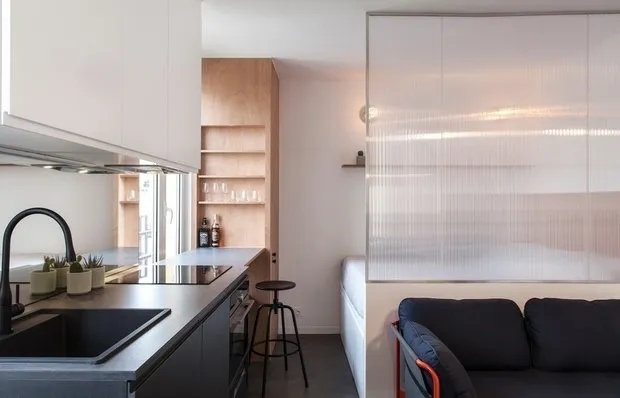 5 Cool Ideas for Small Apartments from Western Projects
5 Cool Ideas for Small Apartments from Western Projects Buying Furniture and Decor: 9 Secrets of Successful Shopping
Buying Furniture and Decor: 9 Secrets of Successful Shopping Working with Premium Clients: 10 Rules for Designers
Working with Premium Clients: 10 Rules for Designers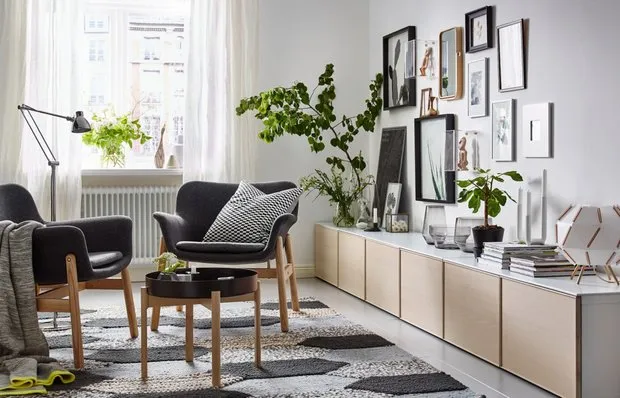 The Shortest History of Interior Design in 40 Pictures
The Shortest History of Interior Design in 40 Pictures Design Travel: Where Designers Go for Inspiration?
Design Travel: Where Designers Go for Inspiration?